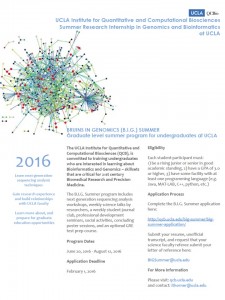The Department of Mathematics and Statistics at Winona State University will host the Midwest Undergraduate Data Analytics Competition (MUDAC) 2016 on April 2-3, 2016. MUDAC consists of teams of undergraduate students from around the Midwest who are given 24 hours to solve an analytics problem motivated by our corporate sponsor. Teams share their recommendations with representatives from our corporate sponsor and other professional data analysts. MUDAC 2016 will provide professional development and networking opportunities between working professionals in attendance and your students.
Faculty mentors from each participating institution are strongly encouraged to attend. Teams will be able to seek advice from their on-site faculty advisors throughout the competition. Over $1,000 in cash prizes will be given away again this year. Students and faculty alike find this to be a wonderful learning experience. Please encourage your students to consider participating in MUDAC 2016 on April 2-3, 2016 at Winona State University in Winona, MN.
To learn more about the competition, please visit our website: www.MUDAC.ORG. Registration information will be available in the coming weeks. If you have any questions, please feel free to contact me or any of the other conference organizers.
Sincerely,
Christopher J. Malone, PhD
Director, MUDAC
Department of Mathematics and Statistics
Winona State University

